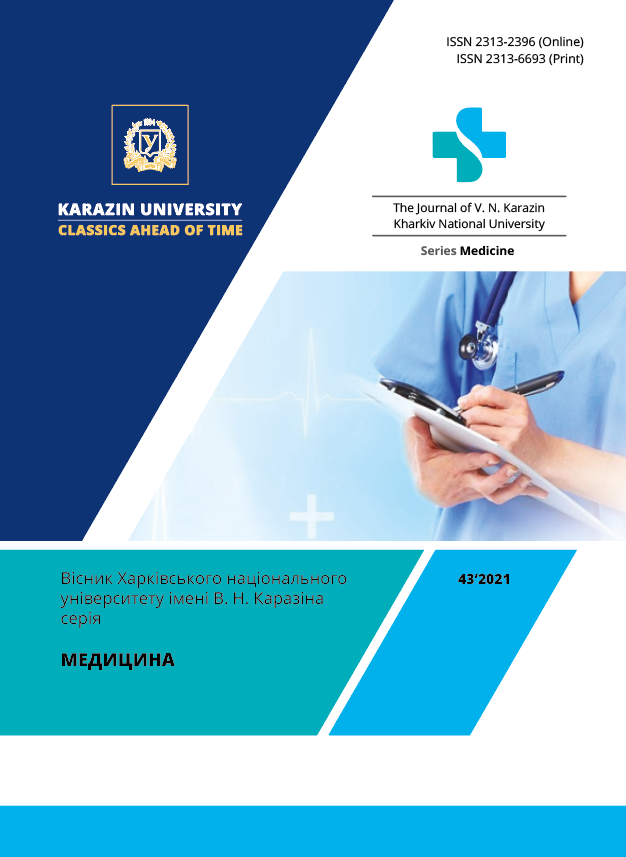Heart rate variability series analyzing by fuzzy logic approach
Abstract
Introdution. Exercise can be defined as any structured and planned activity leading to an increase of energy expenditure, breathing and pulse rate. In the context of a correct lifestyle, a regular physical activity reduces the probability of cardiovascular events, diabetes and other possible related diseases. The aim of this study is to evaluate the neurovegetative cardiovascular regulation and the fluids distribution in healthy subjects undergoing dynamic and isometric training regimes. We have employed Heart Rate Variability (HRV) analysis by various mathematical methods that are classified as Time Domain (TD), Frequency Domain (FD) and Nonlinear (NM). We incorporated currently existing HRV indicators into a unified Fuzzy Logic (FL) methodology, which in turn will allow to integrally assessing each metric and HRV results as a whole. Objective. The goal of this study is to verify the response of the ANS before and after the execution of different training in the clearest view by our Fuzzy Logic approach to Heart Rate Variability series analysing. Our Fuzzy Logic algorithm incorporate into a single view of each metric, – Time Domain, Frequency Domain, Nonlinear Methods and HRV as a whole. Materials and methods. 24 young subjects aged between 20 and 30 (11 males and 13 females) have been enrolled. Exclusion criteria are: tobacco use; BMI > 25 kg/m2; cardiovascular diseases; blood pressure ≥ 140/90 mmHg; chronic pathologies; sport competition. Each of the examined subjects underwent four different tests and analyses: before the beginning of the isotonic training, which has been carried out by 30-minute run each day for a period of 20 days, and after the end of the training, both in upright and supine position; before the beginning of the isometric training, which has been carried out by lifting a 2-kg weight for 30 minutes per day for a period of 20 days, and after the end of the training, both in upright and supine position. Conclusion. HRV is a complex phenomenon, study of which requires various approaches and methods. However, a comprehensive view of HRV is only possible when there is a technology similar to Fuzzy Logic, one that allows combining all used methods and approaches into an integral assessment. In this article, we showed the Fuzzy Logic approach for series of Heart Rate Variability records and we can assert that: the training through exercises of dynamic type could reduce the cardiovascular risk, thus confirming the importance of a correct lifestyle; the isometric exercise generally produces an increase of the indexes of the sympathetic activity and then an increase of the cardiovascular risk with reduced cardioprotection; the Base state (before training) showing the biggest distance from abnormality because the Norm HRV values were defined for calm body state – before any training or disturbances; FL distances after Isometric training showing the worst distance from abnormality.
Downloads
References
Task force of the European society of cardiology and the North American society of pacing and electrophysiology. Heart rate variability – standards of measurement, physiological interpretation, and clinical use. Circulation. 1996; 93 (5): 1043–1065. Doi: https://doi.org/10.1161/01.CIR.93.5.1043
Yabluchansky N, Martynenko A. Heart Rate Variability for clinical practice. Kharkiv, Univer. Press. 2010: 131 p. [in Russ.] Depositary: http://dspace.univer.kharkov.ua/handle/123456789/1462
Voss A, Schroeder R, Heitmann A, Peters A, Perz S. Short-Term Heart Rate Variability – Influence of Gender and Age in Healthy Subjects. PLoS ONE. 2015; 10 (3): e0118308. Doi: https://doi.org/10.1371/journal.pone.0118308
Shafler F, Ginsberg JP. An Overview of Heart Rate variability Metrics and Norms. Frontiers in Public Health. 2017; 5 (258): 1–17. Doi: https://doi.org/10.3389/fpubh.2017.00258.
Martynenko A, Raimondi G, Budreiko N, Maliarova L. Fuzzy logic approach for heart rate variability. J. V. N. Karazin Khark. Nat. Univ., Ser. Med. 2021; 42: 5–13. Doi: https://doi.org/10.26565/2313-6693-2021-42-01
H.ChuDuc, T.NguyenDuc, T.LaiHuuPhuong. Neuro-Fuzzy Approach to Heart Rate Variability Analysis. International Journal of Bioscience, Biochemistry and Bioinformatics, 2013, Vol. 3, No. 5: 456–459. DOI: 10.7763/IJBBB.2013.V3.255
T. Tanaka et al. Wearable health monitoring system by using fuzzy logic heart-rate extraction. IEEE World Automation Congress 2012, 2012, pp. 1–4.
Liu C, Li K, Zhao L, Liu F, Zheng D, Liu C, Liu S. Analysis of heart rate variability using fuzzy measure entropy. Comput Biol Med. 2013 Feb; 43 (2): 100–8. doi: 10.1016/j.compbiomed. 2012.11.005. Epub 2012 Dec 27. PMID: 23273774.
Morsi, Iman, Yahia Zakria Abd El Gawad. Fuzzy logic in heart rate and blood pressure measuring system. 2013 IEEE Sensors Applications Symposium Proceedings (2013): 113–117. DOI:10.1109/SAS.2013.6493568
A.J. Dahalan at all. Heart rate events classification via explainable fuzzy logic systems. IAES International Journal of Artificial Intelligence (IJ-AI) Vol. 10, No. 4, December 2021, pp. 1036–1047 ISSN: 2252-8938, DOI: 10.11591/ijai.v10.i4.pp1036–1047
Martynenko A, Raimondi G, Budreiko N. Robust entropy estimator for heart rate variability. Klin.inform.telemed. 2019; 14 (15): 67–73. Doi: https://doi.org/10.31071/kit2019.15.06
Martynenko A. Robust correlation dimension estimator for heart rate variability. Klin.inform.telemed. 2020; 15 (16) 1–7. Doi: https://doi.org/10.31071/kit2020.16.06
The Journal of V. N. Karazin Kharkiv National University, series Medicine has following copyright terms:
- Authors retain copyright and grant the journal right of first publication with the work simultaneously licensed under a Creative Commons Attribution License that allows others to share the work with an acknowledgement of the work’s authorship and initial publication in this journal.
- Authors are able to enter into separate, additional contractual arrangements for the non-exclusive distribution of the journal’s published version of the work, with an acknowledgement of its initial publication in this journal.
- Authors are permitted and encouraged to post their work online prior to and during the submission process, as it can lead to productive exchanges, as well as earlier and greater citation of published work.




